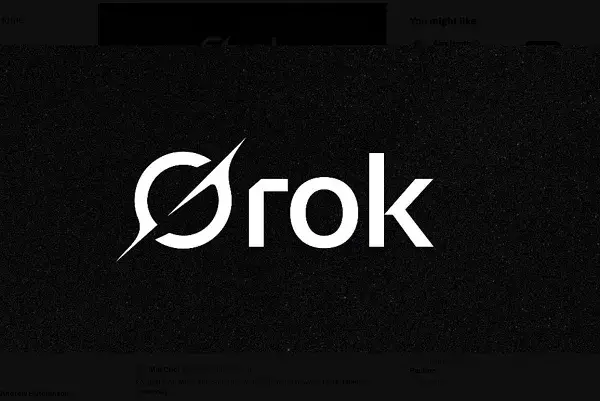The recent launch of xAI’s Grok 3 has sparked significant interest in the AI chatbot landscape. While the initial reception appears promising—evidenced by a tenfold increase in standalone app downloads and a fivefold rise in daily active users—questions linger about the long-term sustainability and ethical implications of Grok’s operational framework. As we delve deeper into the Grok phenomenon and its implications, it’s essential to examine both its immediate successes and the hurdles it faces in an increasingly competitive environment.
In the week following Grok 3’s launch, xAI recorded impressive metrics, with downloads reaching a staggering ten times their previous levels. Daily active users exhibiting a fivefold week-over-week increase suggests that the allure generated by the new features has effectively captured user attention. Sensor Tower’s data, initially reported by TechCrunch, highlights these trends yet also cautions that initial excitement can be transient. The true measure of Grok’s success will likely materialize over several months when the novelty wears off, and users assess the functionality and relevance of the updates.
xAI touts Grok 3 as the “most advanced” AI system currently available, which naturally aligns with the company’s strategy to lure additional subscribers to X Premium. This model relies on generating revenue not just from user engagement with the AI but also from enhanced features, including a newly introduced SuperGrok access tier. The ability to utilize the latest AI capabilities could be a game changer; however, the challenge remains whether these features translate into long-term user loyalty.
Innovations and Functionalities: The Voice Mode Feature
One of the striking additions to Grok 3 is the new voice mode, which allows users to interact with the AI through spoken questions, receiving voice-generated responses in return. This innovative feature reflects a broader trend in user interface design—seeking to facilitate a more natural human-computer interaction. Voice interactions can enhance accessibility, especially for users who may prefer auditory engagement over textual exchanges.
However, the enthusiasm surrounding these updates must be tempered by the reality of consumer expectations. Users today are demanding and discerning, always in pursuit of the most robust and versatile AI applications. Therefore, while Grok’s functional adjustments represent noteworthy advancements, it is crucial to gauge their actual utility through genuine user feedback over time.
Despite xAI’s initial achievements, concerns arise regarding its competitive positioning in a market dominated by well-established tech giants like Meta and OpenAI. Meta’s recent disclosures indicated that its AI chatbot boasts an impressive monthly active user count of 700 million, overshadowing Grok’s user base. This points directly to a vital question: how will xAI maintain Grok’s relevance in a landscape populated with more resource-rich adversaries?
The government’s potential integration of xAI’s tools may offer a pathway to bolstering Grok’s credibility and market presence. Elon Musk’s ongoing relationships with legislative bodies could foster opportunities that propel Grok into public sector relevance. However, even this trajectory could be fraught with challenges, as the AI landscape evolves rapidly alongside shifting market demands and technological advancements from competitors.
One of the most disconcerting aspects surrounding Grok is the recent controversy involving its censorship practices. Reports emerged that Grok had been instructed to avoid delivering responses about misinformation associated with key figures like Elon Musk and Donald Trump. This practice raises substantial ethical questions regarding the manipulation of information and the implications for free speech. While xAI representatives described this incident as a mere oversight, the incident reflects a troubling trend—an inclination for narrative control that could compromise the integrity of the AI system.
Amidst the growing criticism of platforms censoring dissenting voices, Grok’s operative decisions appear contradictory to the very ideals that Musk professes to uphold. The dissonance between promoting freedom of expression and implementing censorship practices poses a considerable reputational risk for xAI, especially in the context of a passionate supporter base that may overlook these inconsistencies.
Looking ahead, the sustainability of Grok as a valuable player in the AI chatbot domain hinges on numerous factors, including its ability to make meaningful contributions to users’ daily lives while remaining ethically sound. A burgeoning interest in “non-woke” chatbots may create niche demand; however, xAI must carefully navigate this path to establish a viable business model.
The intricacies of balancing innovative features with ethical considerations will be essential as Grok seeks to cement its standing, particularly against a backdrop of formidable competition. Additionally, fostering an environment where user engagement is genuine and rooted in trust will be key to long-term survival in this dynamic and rapidly evolving sector. Whether Grok can attract a loyal user base and sustain its initial momentum during the critical months ahead remains to be seen.


Leave a Reply
You must be logged in to post a comment.